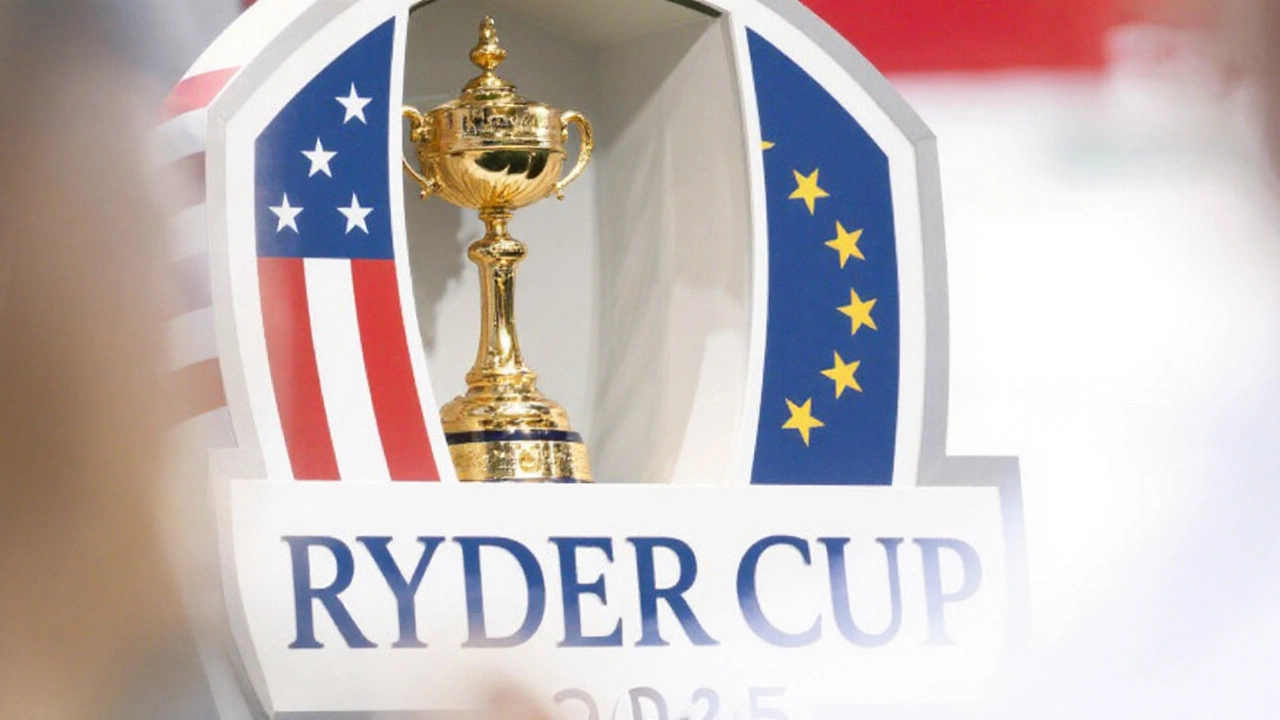Europe vs USA: How Sailing and Water Sports Stack Up
If you love wind, water, and a good story, you’ve probably wondered how sailing life changes when you cross the Atlantic. Europe and the USA both have strong sailing scenes, but they play out in different ways. Below are the biggest practical differences you’ll notice when you move from one side of the pond to the other.
Boat Prices and Availability
In the United States, used sailboats often cost less than similar models in Europe. Large online markets, big boat shows, and a steady flow of owners looking to upgrade keep prices down. You can find a solid 30‑foot cruiser for a fraction of the price you’d pay in the UK or Spain. Europe, on the other hand, tends to have higher demand for compact, high‑performance boats that can handle narrow canals and short coasts. This pushes prices up for certain classes, especially in the Mediterranean.
Another factor is tax. The US generally has lower registration fees and sales tax on boats, depending on the state. In many EU countries, Value‑Added Tax (VAT) adds a big chunk to the final cost. If you’re buying a new boat, expect to pay extra in Europe unless you qualify for a special export exemption.
Because of these price differences, many American sailors choose to buy older boats and refit them, while Europeans often prefer newer, factory‑finished models that meet strict safety standards.
Yacht Speed, Club Culture, and Traditions
When it comes to speed, both continents have fast yachts, but the focus differs. European designers love pushing for high‑performance skiffs that can hit 30‑35 knots in strong breezes. The culture celebrates record‑breaking races on the Atlantic coast of France or the Adriatic Sea. In the US, you’ll find a bigger mix of cruising yachts that cruise comfortably at 15‑20 knots and a few super‑fast power catamarans aimed at the Caribbean market.
Club flags are another easy way to spot the difference. In the US, most yacht clubs fly a “burgee” that’s a simple triangular or swallow‑tail shape with the club’s colors. European clubs often have more ornate burgees that include local symbols, such as a lighthouse or a regional coat of arms. The tradition of raising the burgee before a race is strong on both sides, but Europeans tend to have more formal ceremonies tied to historic events.
Training and certification also vary. The US Coast Guard runs a national licensing system that most recreational sailors follow. Europe has a patchwork of national authorities, but the International Certificate of Competence (ICC) is widely recognized across the EU. If you plan to sail in both places, it’s worth getting the ICC – it smooths over paperwork at border checks.
Finally, think about the water you’ll be on. European waters are often more crowded, with narrow straits, buzzing harbors, and a lot of sail‑powered traffic. The US offers longer stretches of open water, especially on the West Coast and the Gulf of Mexico, giving you room to practice longer passages without constant boat traffic.
Bottom line: Europe gives you high‑performance boats, historic clubs, and a bustling sailing scene, while the US offers more affordable boats, spacious cruising grounds, and a simpler licensing path. Knowing these differences helps you choose where to train, buy, or simply enjoy a day out on the water.
Ryder Cup 2025 Live Scores: Europe Takes Command, Saturday Line‑up and Key Matchups
Europe surged ahead on Day 1 of the 2025 Ryder Cup at Bethpage Black, winning 3‑1. Saturday brings morning foursomes at 7:10 AM and an afternoon four‑ball at 12:25 PM, with the U.S. looking to claw back. NBC will broadcast the action from 7 AM to 6 PM, complemented by streaming on the official app. Weather is expected to stay dry with temperatures in the high‑70s. Sunday’s singles start at 12:02 PM, where the contest will be decided.
View more